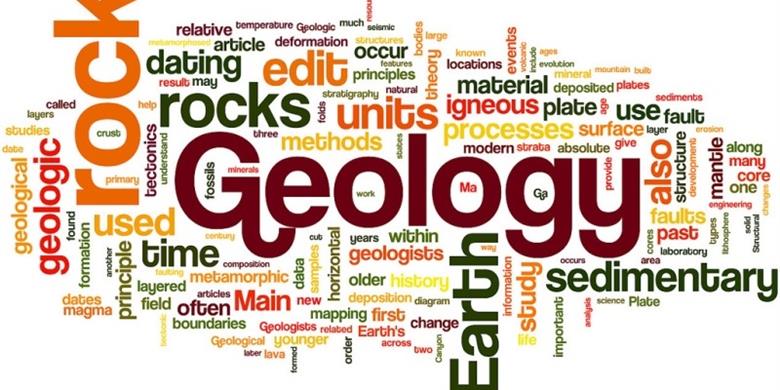Table of Contents
Special Rocks
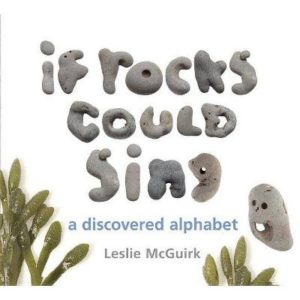
|
Leslie McGuirk’s photo-illustrated If Rocks Could Sing (Tricycle Press, 2011) is a “Discovered Alphabet” in rocks, all found on the beach near the author’s home. B, for example, is for Bird, and features both a rock shaped like the letter B and a bird-shaped rock in a nest. What a great idea for a family rock-hunting project. For ages 3 and up. |
 |
Take a Nature Walk with Alphabet Rocks. In this fun activity, kids paint the letters of the alphabet on rocks, then take a hike and distribute their rocks in appropriate locations outdoors. (F next to a flower; G in the grass?) |
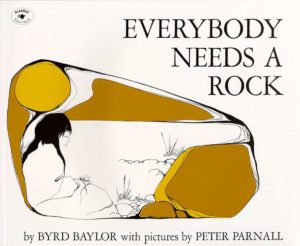
|
Byrd Baylor’s wonderful picture book Everybody Needs a Rock (Atheneum Books for Young Readers, 2011) tells readers just how to choose their own very special rock. For ages 4 and up. |
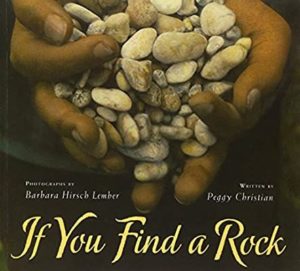
|
Peggy Christian’s If You Find a Rock (Houghton Mifflin Harcourt, 2008) – illustrated with lovely color-tinted photographs by Barbara Hirsch Lember – is a celebration of all the possibilities to be found in rocks: skipping stones, chalk rocks for drawing on sidewalks, mossy rocks for resting on beside a trail, wishing rocks, and more. For ages 5-9. |
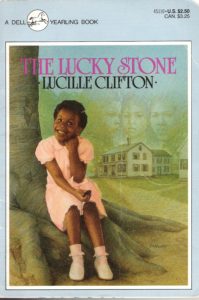
|
In Lucille Clifton’s The Lucky Stone (Yearling, 1986), Tee loves her great-grandmother’s stories of the family lucky stone (“a warm stone, shiny black as nighttime”) that has brought good luck to its owners for over a hundred years – first helping Mandy, a runaway slave, find her way to freedom. For ages 6-9. |
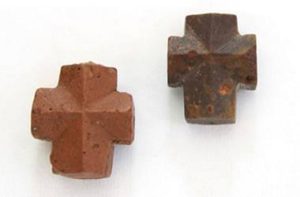 |
Fairy stones or fairy crosses – actually crystals of staurolite – are found in the Smoky Mountains of Virginia, Tennessee, and Georgia. Said to bring good luck to their owners. (Charles Lindbergh – a.k.a. Lucky Lindy – carried one.) Read about them here – or go hunt for your own at Virginia’s Fairy Stone Park. |
| Rocks! They make great souvenirs. Check out some of the collectibles in the Smithsonian’s Souvenirs exhibit, among them pieces of Plymouth Rock, the Bastille, and the Berlin Wall, and a stone from Joan of Arc’s dungeon. |
Rock Collecting
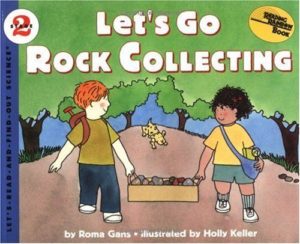
|
By Roma Gans, Let’s Go Rock Collecting (HarperCollins, 1997) in the Let’s-Read-and-Find-Out Science series covers rock formation, types of rocks, uses of rocks (Roman roads, Egyptian pyramids), and rock collecting. (“The oldest things you can collect are rocks.”) For ages 4-8. |
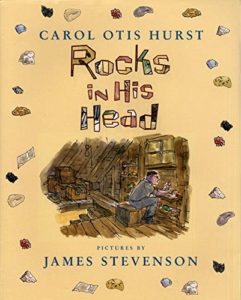
|
Carol Otis Hurst’s Rocks in His Head (Greenwillow Books, 2001) is the picture-book story of her father, an avid rock collector, who – after losing his job during the Great Depression – used his passion for rocks to win a job as Curator of Mineralogy at a science museum. It’s a great story of following a dream, even though people around him always mocked him, saying that he had rocks in his head. (To which he replied, “Maybe I have.”) For ages 4-8. |
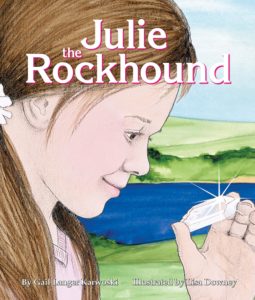
|
In Gail Langer Karwoski’s Julie the Rockhound (Sylvan Dell Publishing, 2007), Julie finds a piece of quartz – and immediately becomes fascinated with rocks and minerals. Included are helpful instructions for hopeful rock collectors. For ages 5-8. |
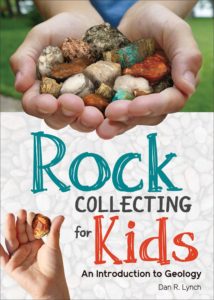
|
Dan R. Lynch’s Rock Collecting for Kids (Adventure Publications, 2018) is an introduction to geology for ages 6-12, with basic background information, how-tos, and a photo-illustrated identification guide. |
Geological Time, or the Long, Long, Long History of Rocks
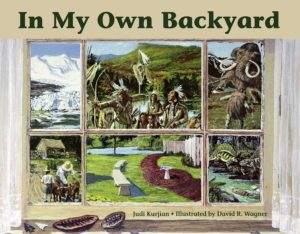
|
In Judi Kurjian’s In My Own Backyard (Charlesbridge Publishing, 2000), a child looks out a bedroom window and wonders who lived here before – and suddenly is plunged into a trip backwards through time, sequentially viewing colonists, native Americans, glaciers and woolly mammoths, dinosaurs and swamps. Included is a timeline. For ages 3-8. |
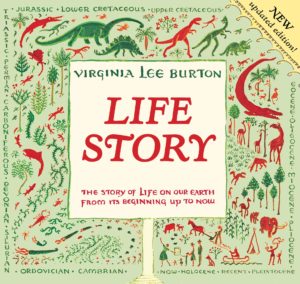
|
Virginia Lee Burton’s updated Life Story (Houghton Mifflin Harcourt, 2009) – originally published in 1962 – is the story of life on Earth in four acts, from the creation of the solar system to the present day. A great resource for all ages. |
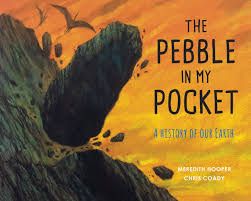
|
The star of Meredith Hooper’s The Pebble in My Pocket (Viking Juvenile Books, 1996) is a pebble that originated in a volcano 480 million years ago. The book follows the pebble through geologic time, step by step, to the present day, when it’s found on the ground by a young girl. Included is a timeline. For ages 8-11. |
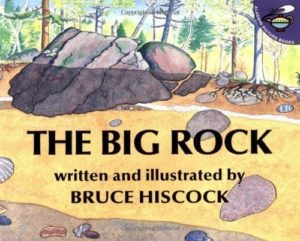
|
Bruce Hiscock’s picture book The Big Rock (Aladdin, 1999) is the multi-million-year story of a granite boulder in New York’s Adirondack Mountains. Read it and you’ll never take rocks for granted again. We read it on a picnic on a big rock in the woods and our kids were awed. (“This rock saw dinosaurs!”) For ages 5-10. |
| From the University of California Museum of Paleontology, learn all about the Geologic Time Scale. | |
| Camels Often Sit Down Carefully…Check out this useful mnemonic for memorizing the geological periods in descending order of age. |
